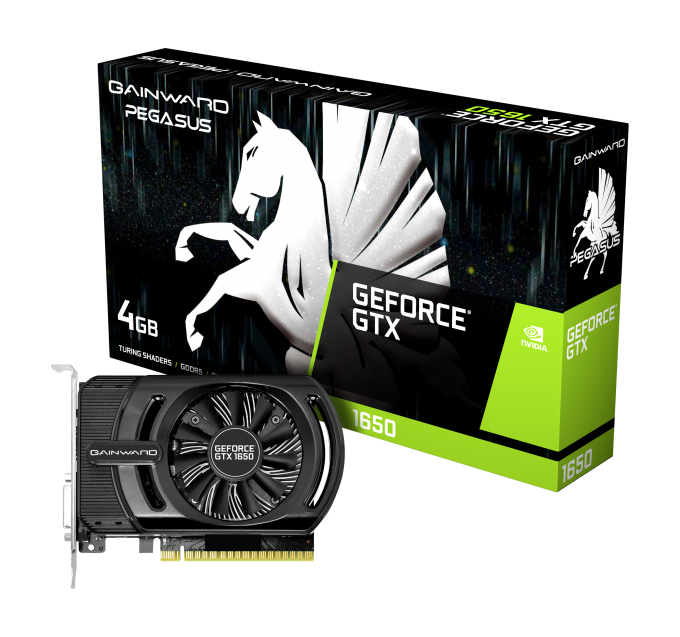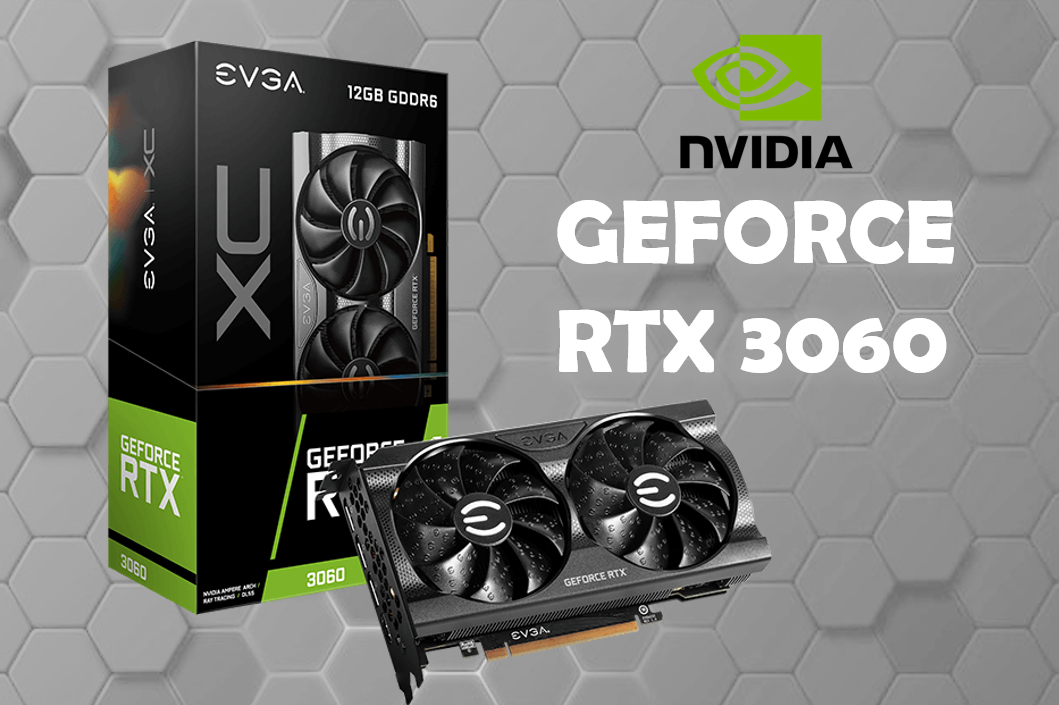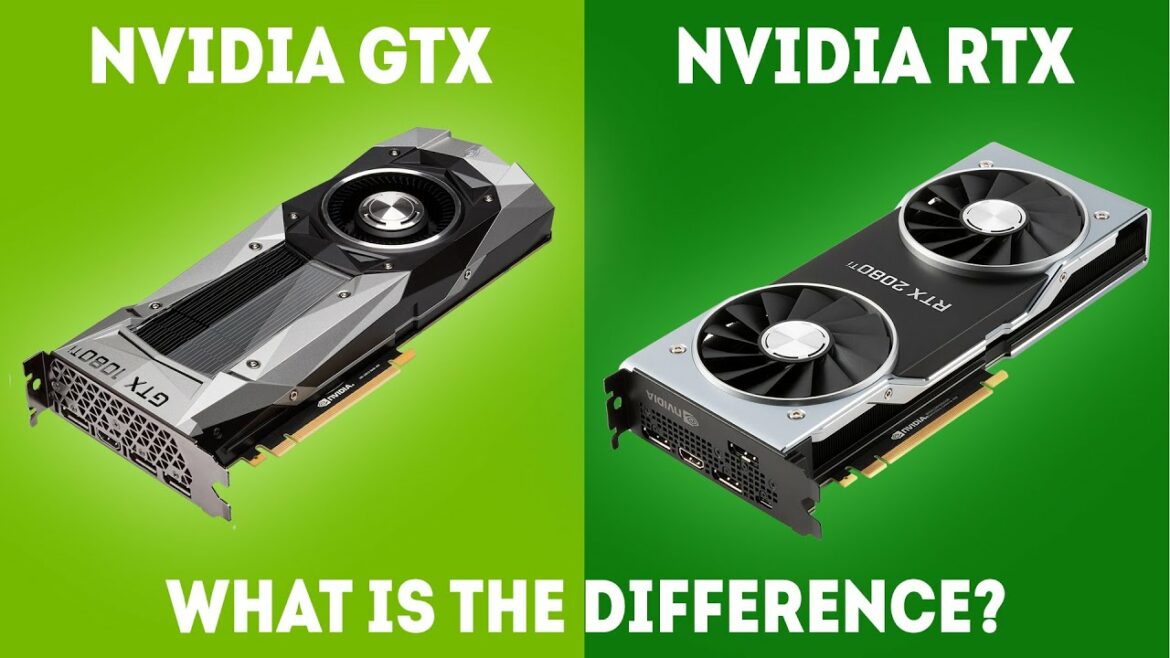When you’re shopping for a new NVIDIA graphics card, you might feel a bit confused by the different names—RTX and GTX. What’s the actual difference, and how do you know which one to pick? Let’s break it down for you in plain language so you can make the best choice for your gaming or creative needs.
What is GTX?
The Origins of GTX
NVIDIA has been releasing GTX cards for more than a decade now. Back in the day, these were the flagship models designed to offer powerful performance at relatively affordable prices. The last major GTX series (the GTX 10 and GTX 16 series) came with solid gaming capabilities. The GTX series is based on older technologies compared to the RTX cards, but don’t write them off just yet.
These cards still pack a punch for those who don’t need the newest features but still want reliable performance in games like Fortnite or Counter-Strike. Plus, they’re often much cheaper than their RTX counterparts.
GTX Strengths:
- Price-friendly for budget builds.
- Perfect for competitive gaming, like Overwatch or League of Legends.
- Works great for 1080p gaming at high frame rates.
But there’s one big thing missing…

Enter RTX – The Big Evolution
Now, the RTX series is a whole different beast. It stands for Ray Tracing Texel eXtreme and that’s the biggest differentiator between GTX and RTX. When NVIDIA introduced the RTX lineup, starting with the RTX 20 series in 2018, it was all about bringing real-time ray tracing to the mainstream.
What Exactly is Ray Tracing?
Imagine you’re playing a game and you notice how the light bounces off a shiny surface, how shadows move, or how reflections look super realistic. That’s ray tracing at work. It simulates how light interacts with objects in the real world. GTX cards can’t do this at the same level because they lack RT Cores, which are specially designed hardware inside RTX cards to handle ray tracing.
But wait, there’s more.
What Makes RTX So Special?
RTX cards also feature Tensor Cores, which power AI-based technologies like DLSS (Deep Learning Super Sampling). In simpler terms, DLSS makes games look better while running smoother. More frames, more beauty, less strain on your hardware—that’s the magic of RTX cards.
Key RTX Features:
- Ray Tracing for realistic lighting and shadows.
- DLSS for boosted frame rates without losing image quality.
- AI-enhanced performance, giving a futuristic gaming experience.
So, is RTX Worth the Money?
It depends! If you’re playing AAA games like Cyberpunk 2077, Control, or Battlefield, which take full advantage of ray tracing, then yes—RTX is definitely worth it. On the flip side, if you’re more into fast-paced, competitive games where every frame counts, you might be just fine sticking with GTX.
And here’s the catch: while RTX offers superior graphics and performance, it comes at a cost. RTX cards tend to be significantly pricier than GTX options.

Which One Should You Buy?
Here’s the bottom line:
- Choose GTX if you’re on a budget, still want great performance, and mainly play competitive games or use your PC for everyday tasks.
- Go for RTX if you’re looking for the best gaming visuals possible, want future-proofing for next-gen titles, or plan to do creative work like 3D rendering or video editing.
Examples:
- GTX 1660 Super – Ideal for 1080p gaming on a budget. Great for titles like Fortnite or Valorant.
- RTX 3060 Ti – A fantastic middle-ground for 1440p gaming with ray tracing enabled.
- RTX 4070 – A powerhouse for 4K gaming, giving you stunning visuals with high frame rates.
Conclusion: Get the Best of Both Worlds
If you’re looking for something in between, NVIDIA’s GTX 16-series offers a nice mix. It’s built on the same architecture as the RTX series but without the fancy ray tracing cores, which keeps the price down. But, for serious gamers and creative professionals, the RTX series is where the future is headed—offering cutting-edge technology that’ll keep your setup future-proof.
Remember, the choice depends on your budget and needs, but one thing’s for sure: both RTX and GTX will serve you well, depending on what you value more—visuals or cost.
Useful Links:
- Want to see Ray Tracing in Action? Check out NVIDIA’s comparison tool.
- Learn more about DLSS technology on NVIDIA’s official page.
- Find the graphics card you need here

